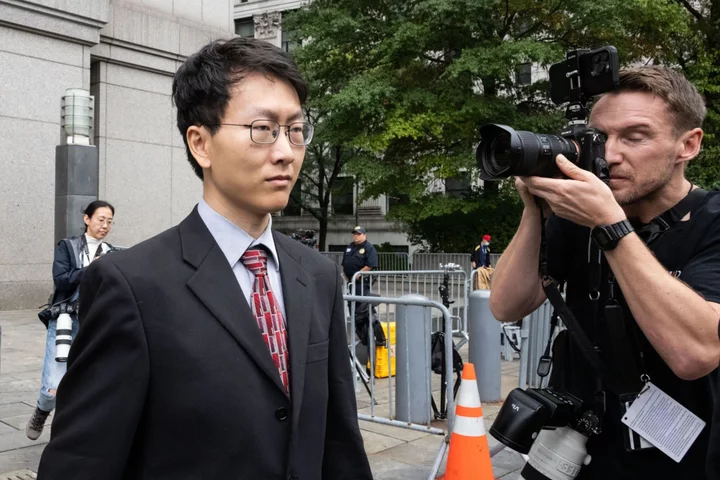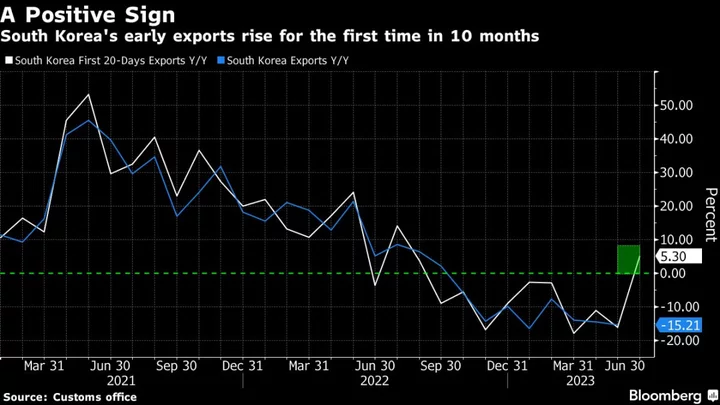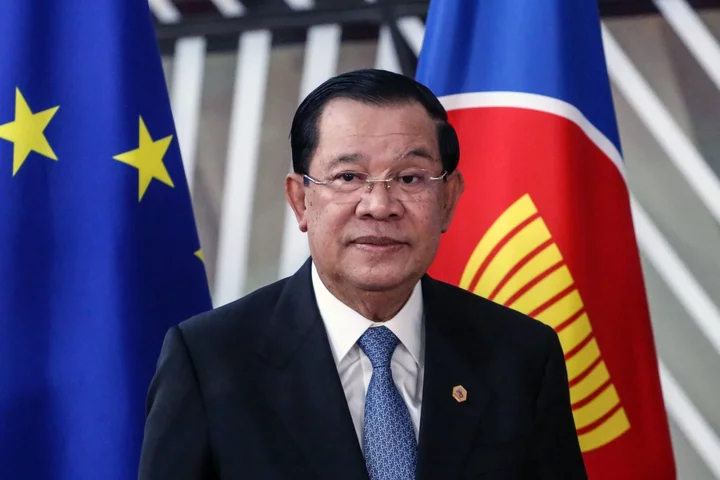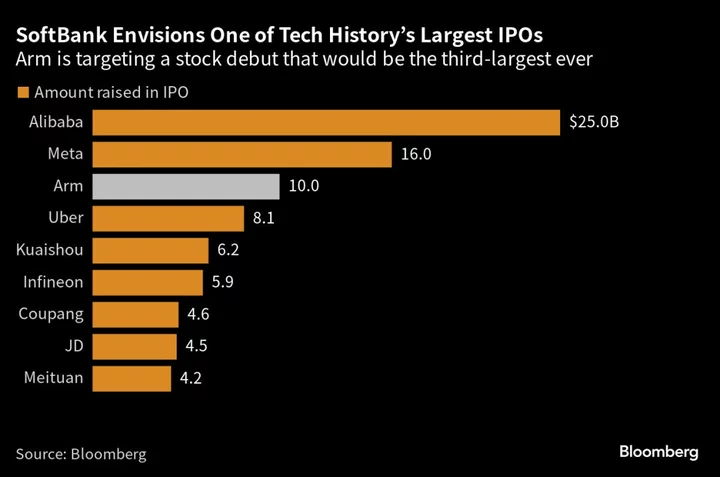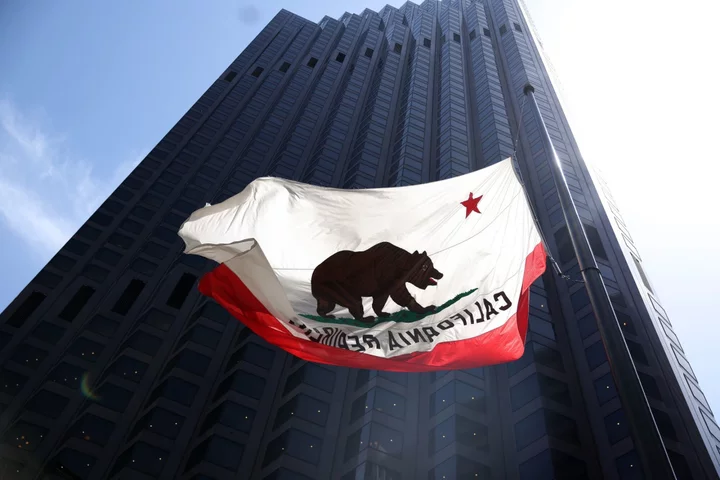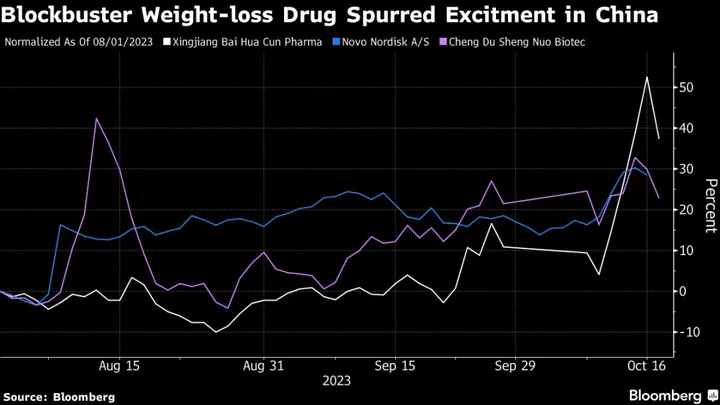Standing outside the Bahamas Securities Commission, Gary Wang watched Sam Bankman-Fried and his father, Joseph Bankman, walk inside.
It was Nov. 12, 2022, just 24 hours after Wang and Bankman-Fried’s FTX cryptocurrency exchange filed for bankruptcy with billions of dollars of customer funds missing. The bankruptcy estate in the US wanted what was left of FTX’s assets. So did the Bahamas.
“The US side was asking me to finish transferring the remaining assets to the US and Sam told me that we should try to stall them,” Wang testified this week at the criminal fraud and conspiracy trial of his MIT college roommate Bankman-Fried.
Bankman-Fried said the Bahamas regulators “seemed more friendly to him, and they seemed more likely to let him stay in control of the company, compared to the US,” Wang said.
Over five hours inside a Manhattan courtroom this week, Wang, a 30-year-old coding savant and onetime billionaire, detailed his final, frantic days at FTX. It was the first time he had faced Bankman-Fried since walking out of the Bahamas penthouse they often shared and cutting a deal with federal prosecutors to give evidence against his former friend and math camp buddy.
Wang pleaded guilty to fraud and criminal conspiracy last year. Prosecutors allege Bankman-Fried channeled FTX customer funds through its affiliated hedge fund, Alameda Research, and spent lavishly on property in the Bahamas, political donations, investments and high-risk trades.
Wang, one of the last executives to leave FTX’s headquarters in the Bahamas last November, gave the jury an intimate look into Bankman-Fried’s actions as FTX collapsed around them.
While Bankman-Fried’s defense hinges partly on him trusting Alameda Chief Executive Officer Caroline Ellison to run the hedge fund properly, Wang was barely mentioned in his lawyer’s opening statement.
Yet Wang’s evidence, including a painstaking description of changing FTX’s computer code so Alameda could access customer funds freely, presents a major hurdle for Bankman-Fried. Ahead of Wang’s testimony, Bankman-Fried’s lawyer, Mark Cohen, told the jury on Tuesday those changes were done to allow Alameda to properly trade assets and provide liquidity on FTX as a market maker.
It was done for sound reasons at the time, Cohen argued, and was not a secret. Ellison, Bankman-Fried’s former girlfriend, is scheduled to testify next week.
Math Camp Friends
Wang and Bankman-Fried met as teenagers at a math camp for gifted students. Wang, born in China and raised in Minnesota, later lived with Bankman-Fried at the low-key, nerdy fraternity Epsilon Theta at the Massachusetts Institute of Technology. Wang, who took a job at Google out of college, testified that Bankman-Fried came to Boston one weekend to ask if he wanted to start a cryptocurrency firm.
The pair worked at Alameda Research before founding FTX in 2019.
In charge of coding, Wang was considered a quiet workhorse, someone who colleagues worried would burn out. Former FTX developer Adam Yedidia, who also testified this week, even implemented a rule preventing anyone from waking up a sleep deprived-Wang at night to fix problems in the exchange’s code.
In September 2022, Wang explained, Bankman-Fried grew concerned about publicity surrounding FTX and Alameda. A Sept. 14 Bloomberg News story examined the close relationship between the exchange and Alameda, which conducted market-making on FTX, and explained that in the more regulated world of traditional finance, market-makers and exchanges are usually completely unaffiliated, which helps competition among stakeholders and lowers prices for customers.
In interviews for the story a month earlier, Bankman-Fried and Ellison stressed that FTX and Alameda were completely separate entities with strict barriers to prevent sharing of information and resources. That may have been hard to demonstrate, however, considering the pair were involved in an on-again-off-again relationship and, at times, lived together in a luxury penthouse in the Bahamas with other employees.
Ellison said in her interview for the story that Alameda had no special privileges at FTX, stating that “It’s very important for FTX to be perceived as a fair, neutral marketplace where everyone gets an equal shot.”
The story triggered anxiety within FTX, prompting Bankman-Fried to convene a Signal group chat with his top executives about possibly shutting Alameda down.
“The PR hit” for the companies and a “mediocre” culture at Alameda were among the reasons Bankman-Fried laid out in a Google Doc shared on the chat with Wang and FTX engineering chief Nishad Singh. Around this time, however, Ellison disclosed Alameda had borrowed $14 billion from FTX and couldn’t afford to repay it, Wang testified. The trading firm wasn’t shut down.
They were able to keep going for another few weeks until a hurried stretch in November filled with meetings, tweets and a bankruptcy filing.
On Nov. 6, Singh knocked on Wang’s door and told him there were a large number of customer withdrawals backing up. A story from crypto news website CoinDesk had flagged an $8 billion hole on Alameda’s balance sheet days earlier, sparking customer panic. At a meeting in his apartment, Bankman-Fried asked Wang to speed up the withdrawal process.
‘Assets Are Fine’
Bankman-Fried also asked Wang if he knew about our “weird Korean friend,” a secret account hiding Alameda’s $8 billion liability to FTX. As FTX’s financial position worsened, Bankman-Fried took to Twitter on Nov. 7 to reassure customers “assets are fine.”
“FTX was not fine and assets were not fine because FTX did not have those assets for customer withdrawals,” Wang testified.
On Nov. 11, FTX filed for bankruptcy in the US.
But Bankman-Fried, according to Wang, had other plans. The friends drove to the Bahamas Securities Commission. Wang waited outside while Bankman-Fried, his Stanford law professor father Joe Bankman — who has been at the trial — and his lawyers went inside.
When Bankman-Fried later floated the idea of transferring assets to the commission “to protect the interests of clients” of the Bahamas subsidiary, where the company was based, FTX US general counsel Ryne Miller pushed back.
Before anyone transferred assets to the Bahamas, they should consult with Miller, the general counsel wrote in a text exchange showed in court, and he would “bring in the appropriate counsel.”
‘Ignore the Instructions’
Wang said that Bankman-Fried told him to “ignore the instructions and continue transferring funds.”
By Nov. 16, Wang traveled back to the US and a day later, he was meeting with federal prosecutors in Manhattan. He would meet with them on about a dozen occasions, shedding light on the loophole he created, allegedly with Bankman-Fried’s knowledge, that gave Alameda Research an unlimited line of credit using FTX customer funds.
Despite their history, Wang and Bankman-Fried didn’t look at each other when he walked into the courtroom this week. Asked why he met with the government and agreed to cooperate, Wang replied “one, because it seemed like the right thing to do.”
“And two...trying to avoid a prison sentence,” Wang said.
Subscribe to the Bloomberg Crypto newsletter for the latest updates and analysis as Sam Bankman-Fried’s trial continues.
Author: Ava Benny-Morrison and Hannah Miller

